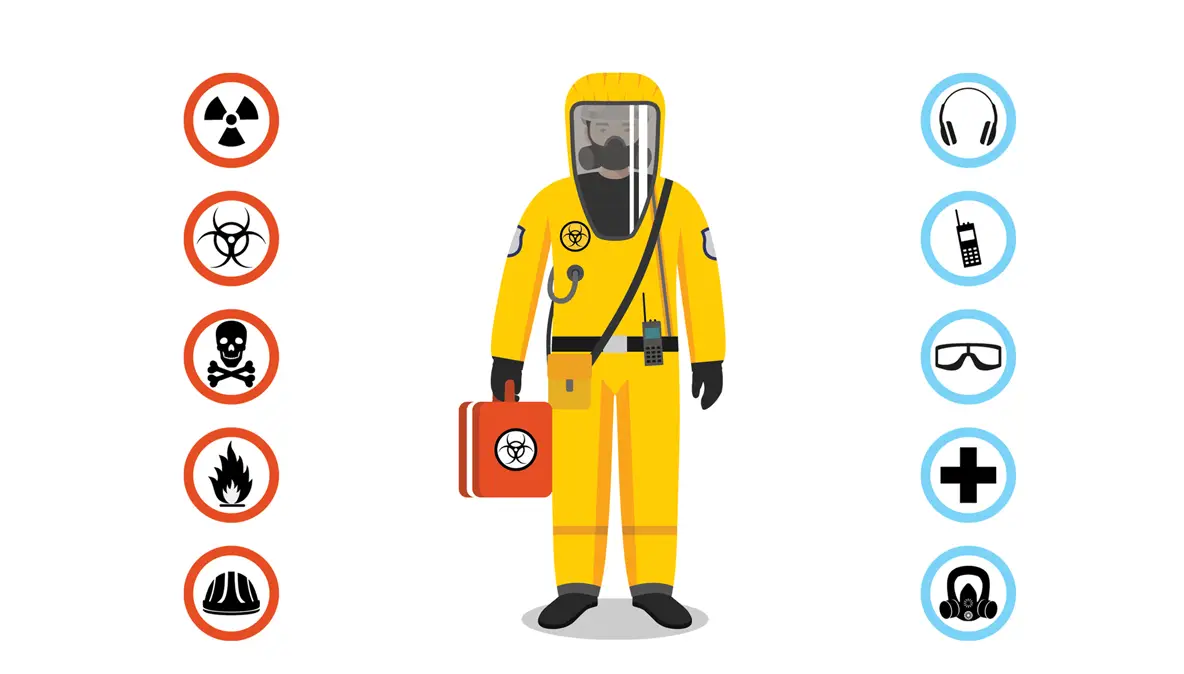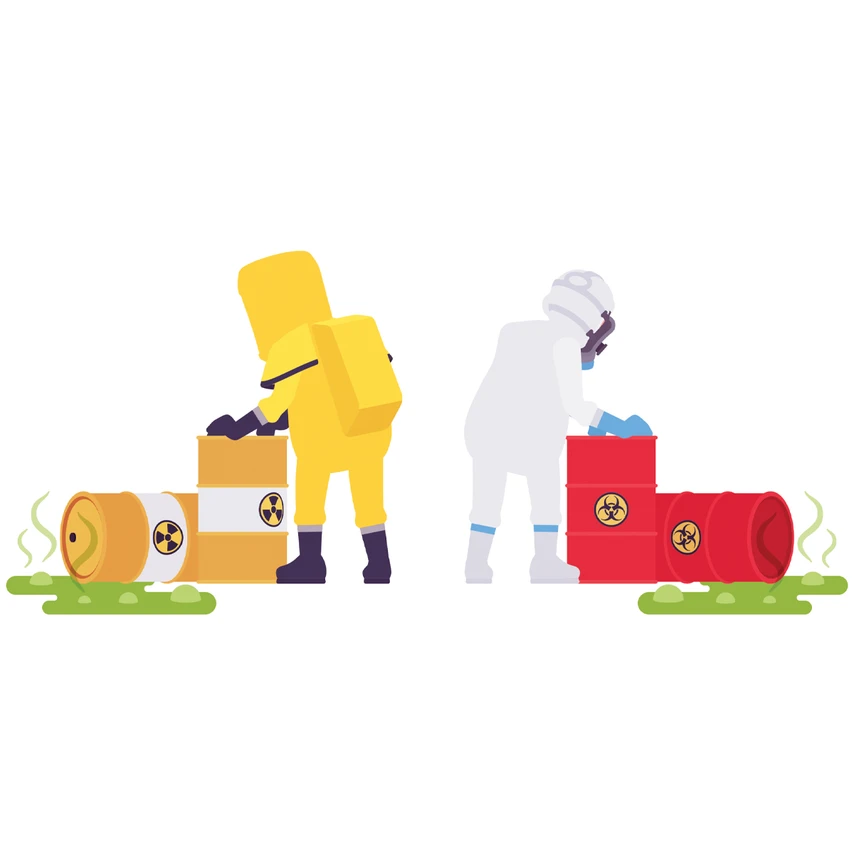5 Common Workplace Hazards


A safe work environment is one of the most important factors affecting employee happiness and productivity.
Most of us spend a huge amount of our time in the workplace and laws have been enacted to ensure health and safety risks are minimised as much as possible. It is the employers’ obligation to satisfy the legal requirements.
In this article, we’ll look at effective approaches to managing some of the more common workplace hazards.

Workers who are required to perform repetitive movements, or who tackle heavy-duty tasks without proper assistive devices, are at risk of suffering musculoskeletal injuries. This type of injury commonly afflicts the back, forearms, wrists, hands, neck, and shoulders. Workplace safety strategy:
Safety hazards can be anything that could lead to injury, illness, or death. Typically this includes objects or environments that could cause injuries, spills, trips, and falls, such as untidy cables and cords, and machinery that a worker might accidentally sustain injuries from. Working at heights is also considered hazardous. Workplace safety strategy:


Workers can be exposed to chemical hazards if the workplace deals with the preparation or handling of chemicals. This includes cleaning products, paint, pesticides, gases such as carbon monoxide and helium, flammable items such as fuels, oils, and welding fumes.
Workplace safety strategy:

A work organisation hazard is a workplace environment that causes stress. This can include unfair workloads, poor employee relationships, sexual harassment, violence, lack of work flexibility, lack of respect in the workplace, and employees feeling like they have no control or say about work-related matters. Workplace safety strategy:
Reducing or eliminating workplace hazards might sound like a costly exercise for a business owner, but it is, without doubt, a worthwhile investment. In fact, many workplaces now employ industrial hygienists, professionals who assess and control hazards in the workplace and public space that could cause injury or illness.
Absenteeism is reduced when there are fewer hazards, work-related illnesses, injuries, and stresses.
Litigation also becomes an expensive probability when workplace hazards are ignored.
Employees are the lifeblood of any business. And healthy, safe employees are happier, more focused and more productive.
Better yet, walk the walk instead of just talking the talk. Our fully-online Manual Handling course gives you just that. From your desk or the comfort of your own home, gain the knowledge and skills you need to make sure everyone in your workplace gets home safely at the end of each day.

March 25, 2025
Explore non-traditional paths to sobriety, including mindfulness, yoga, nutritional therapy, and community-based support, for a personalized approach to recovery.

September 7, 2022
Menopause is the final period, when a woman, trans man, or non-binary person assigned female at birth's ovaries run out of eggs and the body can no longer ovulate. Menopause comes with several symptoms, complications, and treatment options.

July 26, 2024
Transcutaneous Electrical Nerve Stimulation (TENS) is a therapeutic method of pain relief. It utilises an electrical device that emits electrical currents and streams the impulses via electrode patches attached to the skin.